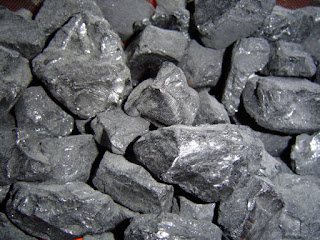Carboniferous Coal Conundrum
 |
| morgueFile/raheel |
problem is that marine fossils are found in what are supposed to be land deposits. Once again, the best explanation is the global Flood at the time of Noah.
Early geological researchers into the coal measures of the Carboniferous System sought to explain its origin in terms of geological processes operating over eons of time. Yet the evidence that they were continually uncovering presented more and more difficulties within that framework of thinking. Particularly troublesome were the difficulties relating to the roots of the fern trees, the dominant Carboniferous vegetation. The confusion even extended across national borders with the ideas of the geologists on the Continent conflicting with those in England and America, such as the Silvomarine hypothesis of the German Otto Kuntze. This confusion led the early geologists to devise secondary hypotheses to salvage their paradigm, hypotheses that are today part of the standard explanation for the origin of coal but are still inadequate to resolve the problems. The evidence suggests that geological processes were qualitatively different and of a larger scale than the pioneers of the discipline were prepared to consider. In other words, their paradigm needs updating.This is a three-part series (only the first two parts are currently available online). You can read the rest of "The origin of the Carboniferous coal measures—part 1: Lessons from history", here.